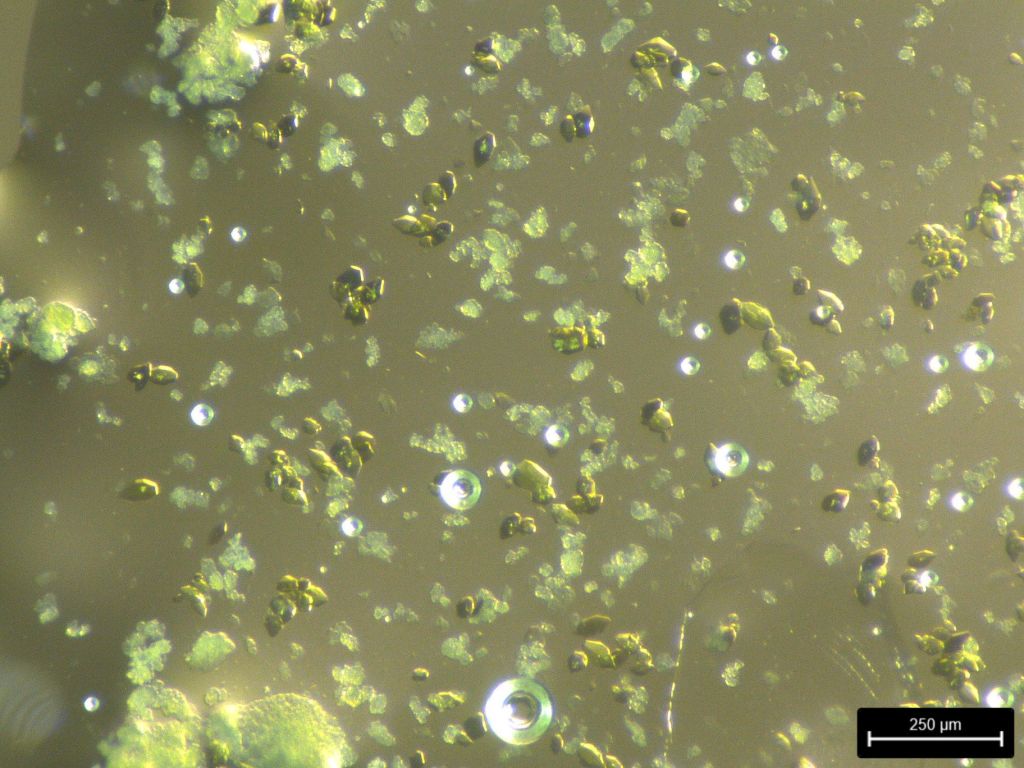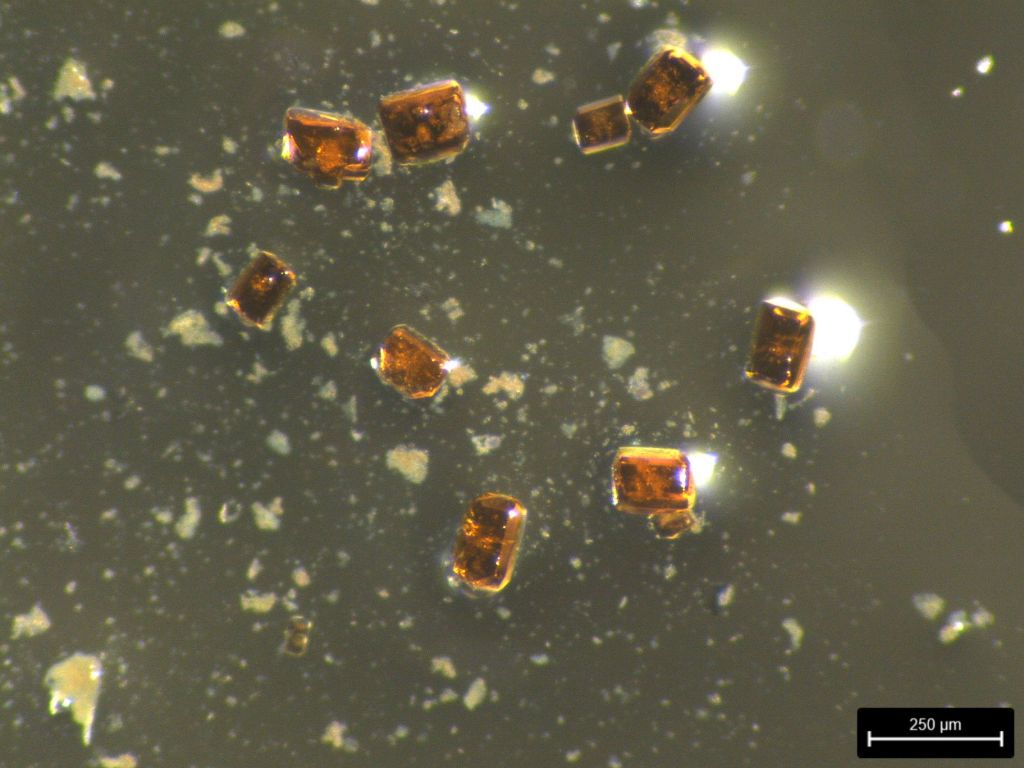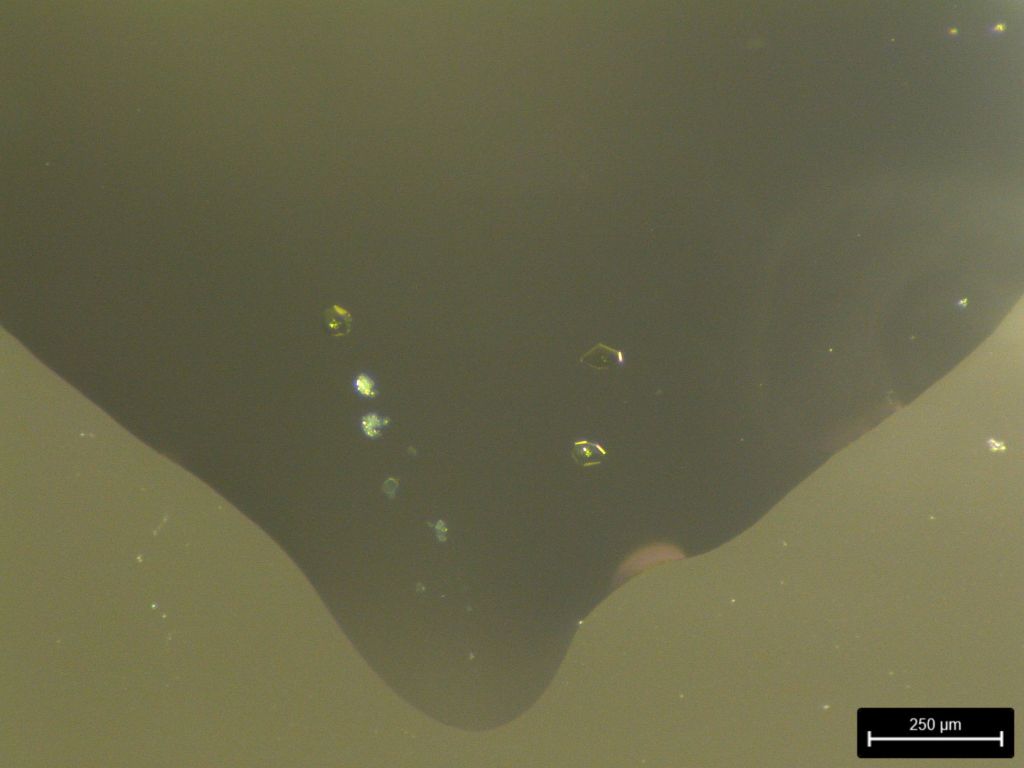Center for Hierarchical Waste Form Materials
The movie Oppenheimer reminded most viewers of the dawn of the atomic age and the boundary-breaking nuclear science necessary to harness the power of nuclear fission. For others in the nuclear field, it serves as a reminder of the innovation needed to disposition nuclear waste. At Savannah River National Laboratory (SRNL) researchers are building on that legacy of cutting-edge science to effectively immobilize nuclear waste in innovative ways.
About a decade ago the Department of Energy Office of Science (DOE-OS) began a program called Energy Frontier Research Centers (EFRCs) to address some of the basic research needs for Environmental Management. These EFRCs are intended to realize the synergy from each center’s mixture of institutions that together can achieve research goals not possible without that symbiotic collaboration.
“The multi-institutional Center for Hierarchical Waste Form Materials (CHWM) was founded about eight years ago as an EFRC on developing the basic science of hierarchical waste forms that could lead to waste form solutions and waste form type materials,” said Jake Amoroso, principal investigator, in SRNL’s Glass, Cement and Ceramic Sciences Group. “We’re not producing or engineering a final waste form per se, instead we’re doing the basic science to help understand how we would create and design novel waste form materials to perform in a predictable way. Along the way we end up discovering, making and testing new materials,” he said.
The Center for Hierarchical Waste Form Materials is led by the University of South Carolina, and its partner institutions include SRNL, Pacific Northwest National Laboratory, Clemson University, University of Michigan, University of Florida and Commissariat à l’énergie atomique et aux énergies alternatives (CEA) in France.

Image of radioactive Cs2NiNp3F16 crystals grown in the SRNL radiological laboratories. (SRNL image)
“Some of the elements we are focusing on include plutonium, uranium, cesium, americium, neptunium and curium,” said Amoroso. “The transuranic elements are of particular interest to us because they have interesting properties, there is not a lot of research out there on them, and SRNL is one of only a few places that can safely handle them. What’s more, SRNL is helping to develop a capable and skilled workforce through collaborative research under the CHWM.”
In its role as a member of the CHWM, SRNL is developing new transuranic materials that incorporate americium, neptunium, and plutonium, including the recently developed plutonium (V) borate structure. “That structure (Pu (V) borate) was one of the recent new structures we developed, about a year ago,” said David Diprete, a laboratory fellow in SRNL’s Environmental and Legacy Management Directorate. “The center’s made unique materials like the americium borate, plutonium borate, plutonium silicates, neptunium fluorides, and plutonium fluorides,” said Diprete. “We’re in the process now of characterizing these materials further,” said Amoroso, “we’ve published some results and are working on more papers every day.”

Image of radioactive Na3GaPu6F30 crystals grown in the SRNL radiological laboratories. (SRNL image)
Diprete said the center is one big collaboration where the universities lead the theoretical modeling and analog development of materials and because of SRNL’s capabilities, the lab can work with the radioactive elements and make and test those materials.
According to Amoroso, waste forms are all about how well they hold on to the radioactive element(s). By building these compounds like americium borate, the center isn’t targeting development in the dark, rather, the center builds stable crystalline materials that it can presume will stay relatively stable in the chemical environment. That allows for measurement, using leach studies as an example, to measure the degree to which the radioactive elements do or do not come out of the waste form. This helps the Center understand what would or would not make a good waste form.
“We’re learning more about the chemistry of these materials,” said Diprete. “No one has made these before, so beyond just holding the element in the waste form, we’re figuring out what materials can actually be made from these elements. What we’re doing hasn’t been done before, we’re gaining a lot of basic science knowledge,” he said.

Image of radioactive Cs2NiNp3F16 crystals grown in the SRNL radiological laboratories. (SRNL Image)
“Over the last 40 or 50 years, there’s been an overwhelming amount of research into vitrification – glassy waste forms – it is the recognized standard across the world,” said Amoroso. “But glasses can’t do everything, it’s recognized that there are applications where glasses may not be the best waste form material. But now there is a knowledge gap, a gap in our understanding of the full potential of these alternative waste form materials.” Amoroso said closing this knowledge gap is the purpose behind the CHWM, “there just hasn’t been comparatively much research in the past 30 or 40 years.”
While SRNL is well known for its excellence in applied science, its role in the center is aligned more with basic science. Amoroso said the goal of the Center isn’t about making the newest waste form, rather, the goal is to close the gap in knowledge and better understand the science behind making alternative waste forms. The work of the CHWM and SRNL will drive the innovation needed to ensure the continued safe disposition of nuclear waste.